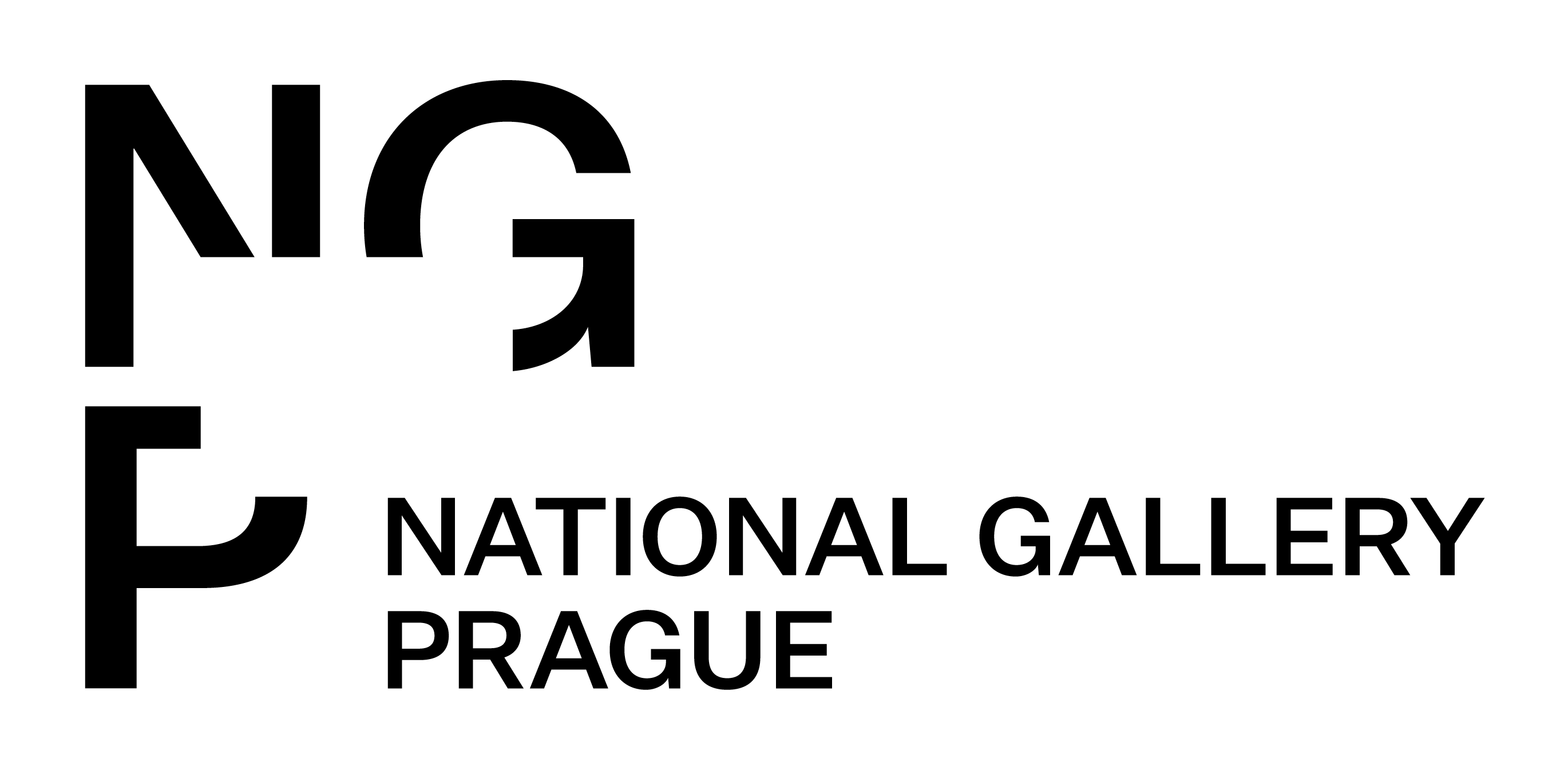DŘEVOŘEZ / WOODCUT
- Code
- 4646-0
- Availability
- In stockAvailable on Wednesday 11/12/2025
When will I get the goods?
Der Kurier DE, AT, SK on Wednesday 11/12/2025
Der Kurier Czech Republic (Domestic) on Wednesday 11/12/2025
Der Kurier EU countries (except CZ, DE, AT, SK) on Wednesday 11/12/2025
Czech Post - Third countries outside the EU - economy on Thursday 12/18/2025
Delivery dates are valid when you order now, 11/1/2025 6:11 AM and for 1 Pc.
- Our price with VAT
- €16.00 /Pc
- Our price without VAT
- €16.00/Pc
Description
Gauguin, Orlik, Munch, Klemm, Bílek, Váchal česká verze, angl. resumé, 152 stran, 106 reprodukcí, ISBN 978-80-7035-772-9
Koncepce: Eva Bendová Grafická úprava a sazba: Lada Krupková Křesadlová, Jiří Krupka
Cestu k modernímu obrazu pomohl formovat od konce 19. století dřevořez – obraz vzniklý tiskem z dřevěné desky prořezávané noži. Klíčovým pro takový obraz se stal umělcův vztah k materiálu, barvě, stopám nástroje, které spolupůsobily na vyjádření jeho představy. Barevný dřevořez jako výtvarná grafická technika zažil kolem roku 1900 svou uměleckou konjunkturu. Publikace představuje v šesti kapitolách mezinárodní kontext středoevropské umělecké tvorby, pluralitu inspirací a uměleckých možností mezi centry i jednotlivými umělci. Jaká byla po roce 1900 situace ve Vídni nebo v Praze? Jaké inspirace přinesla tvorba umělců jako byli Paul Gauguin nebo Edvard Munch? Pomyslnými průvodci podobami dřevořezu a vzájemných inspirací jsou česko-němečtí umělci Walther Klemm a Carl Thiemann. V letech 1905 ? 1908 vytvořili v Praze obsáhlé a ambiciózní grafické dílo.
Gauguin, Orlik, Munch, Klemm, Bílek, Váchal Concept: Eva Bendová Graphic design and typesetting: Lada Krupková Křesadlová, Jiří Krupka Since the end of the nineteenth century, woodcuts – images produced by making a print using a wooden matrix carved with a knife – have helped to define the path to the modern painting. A key aspect of such images consisted of the artist’s relationship to the material, colour, the surface of matrix, and the traces left behind by the tools used, all of which worked together to express the artist’s idea. The colour woodcut, as a creative graphic art technique, enjoyed its artistic peak in Central Europe in about 1900. This publication with six chapters presents the international context of Central European art, particularly the innovative transfer of aesthetic elements that know no borders, the plurality of inspiration, and artistic possibilities that could be found among art centres and individual artists. What was the situation like in Vienna after 1900? Or in Prague? What inspiration was found in the work of expressive individuals such as Paul Gauguin or Edvard Munch? The Czech-German artists Walther Klemm and Carl Thiemann are the notional guides who will lead the viewer through this book showing the various forms of woodcuts and shared inspirations. They created an extensive and ambitious work of graphic art between 1905 and 1908. ShopNGPEN
ShopNGPEN








